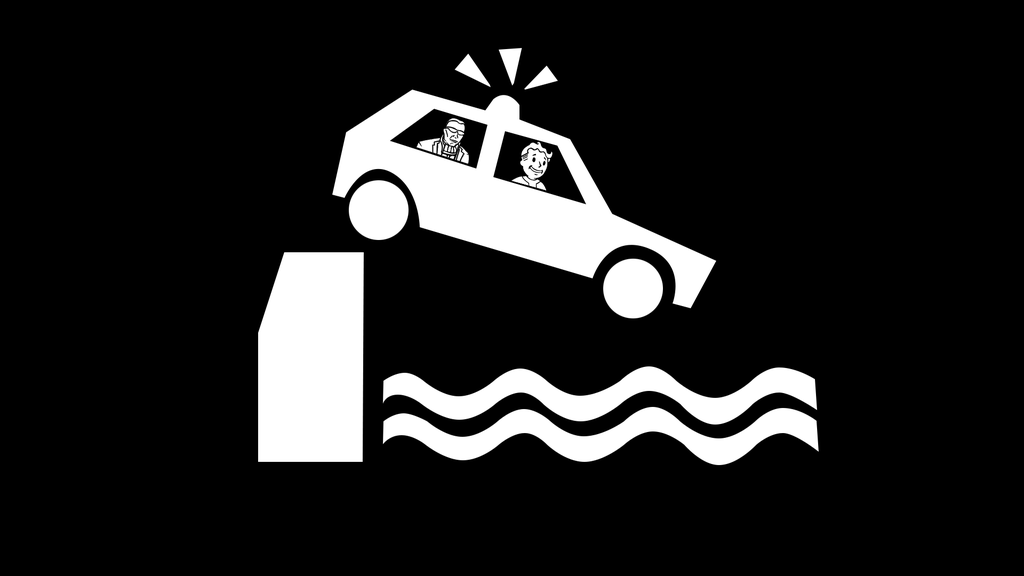French taught on Canada (outside Quebec) is France French, not Quebec French. My source on this is that I was taught to say “we” for “oui” and not “wayh”. And the Quebec French sound I’m only getting from comediens on CBC so that could be way off.
Here in Canada we learn Parisian French in school despite Quebecois French being one of our national languages.
It’s probably because, like BBC/Oxford English, those are the places that have an “official” version of the language they try to preserve. Same thing happens with Portugese, despite Brazilian Portugese being more commonly spoken than Portugal Portugese.
And in Switzerland we have to learn quebeccan French. And so the circle closes.
(we train it at the end when we train understanding non-standard pronounciations)
Maybe it’s because I’m from California, but we learned Mexico-Spanish. The books included Spain-Spanish (i.e. vos conjugations), but my teachers never included it in our lessons.
Kinda the same here in Nevada. Our Spanish teacher explained them briefly but told us we didn’t need to learn them, didn’t test us on them, so on.
Why learn the language of a second world country when you can learn the language of a first world country?
Kidding/not kidding
Texan here. We learned Mexican Spanish (seseo, yeismo, ustedes for everyone, etc) It’s been years since I had to use it for my job but IIRC there’s a difference in the subjunctive verbs as well.
There are also distinct varieties of Spanish spoken in the US that differ from Mexican Spanish. As a general rule, if a common word has a similar-sounding English cognate (often false cognate) the cognate will be used. truck = troca instead of camión, concrete (as in cement) = concreto instead of hormigón, carpet = carpeta instead of alfombra, to park (a car) = parquear instead of estacionar, and so on. This is from my years working as a bilingual call center agent.
Mine taught Mexico Spanish, but with a brief reminder every once in a while about the vosotros conjugations.





